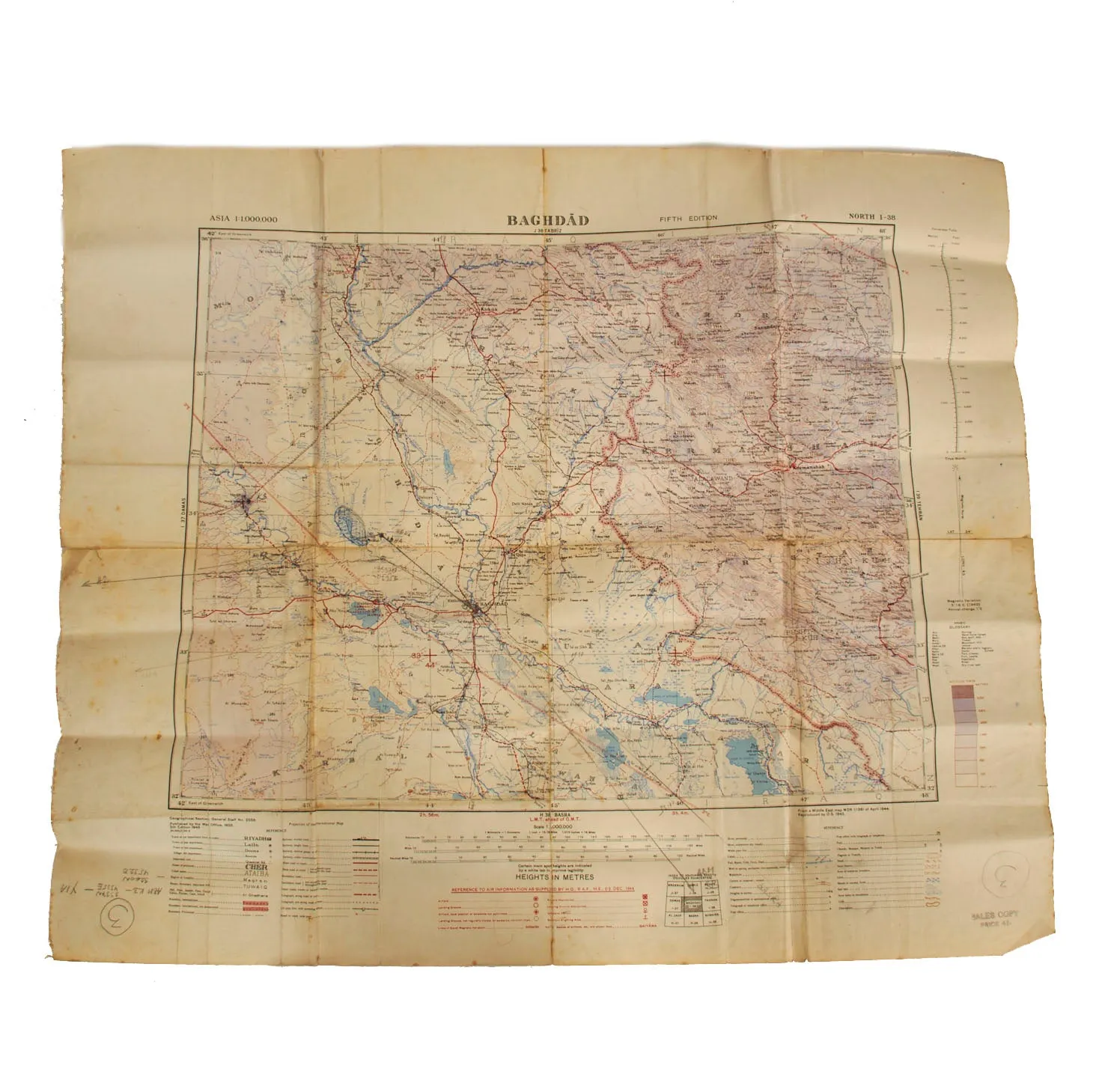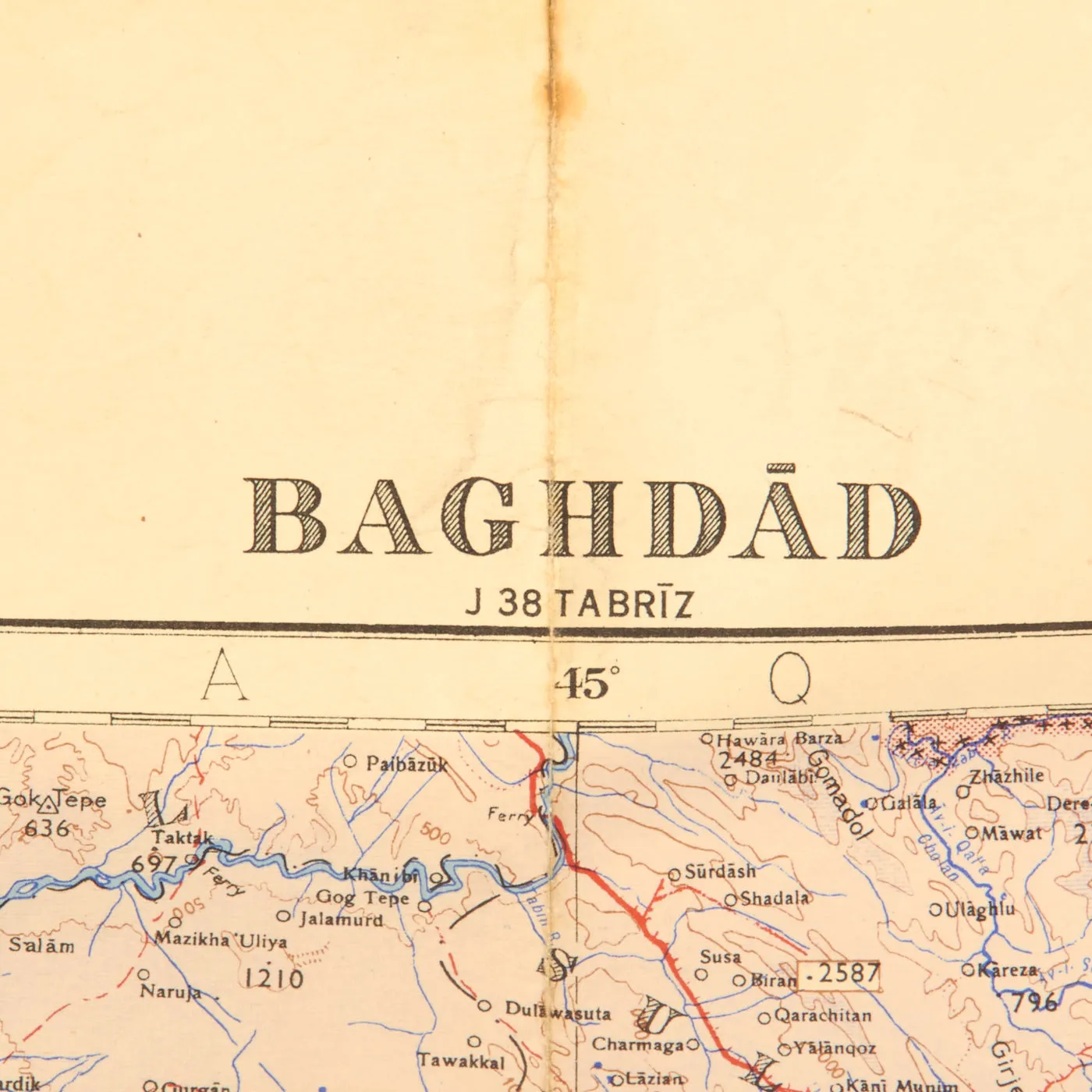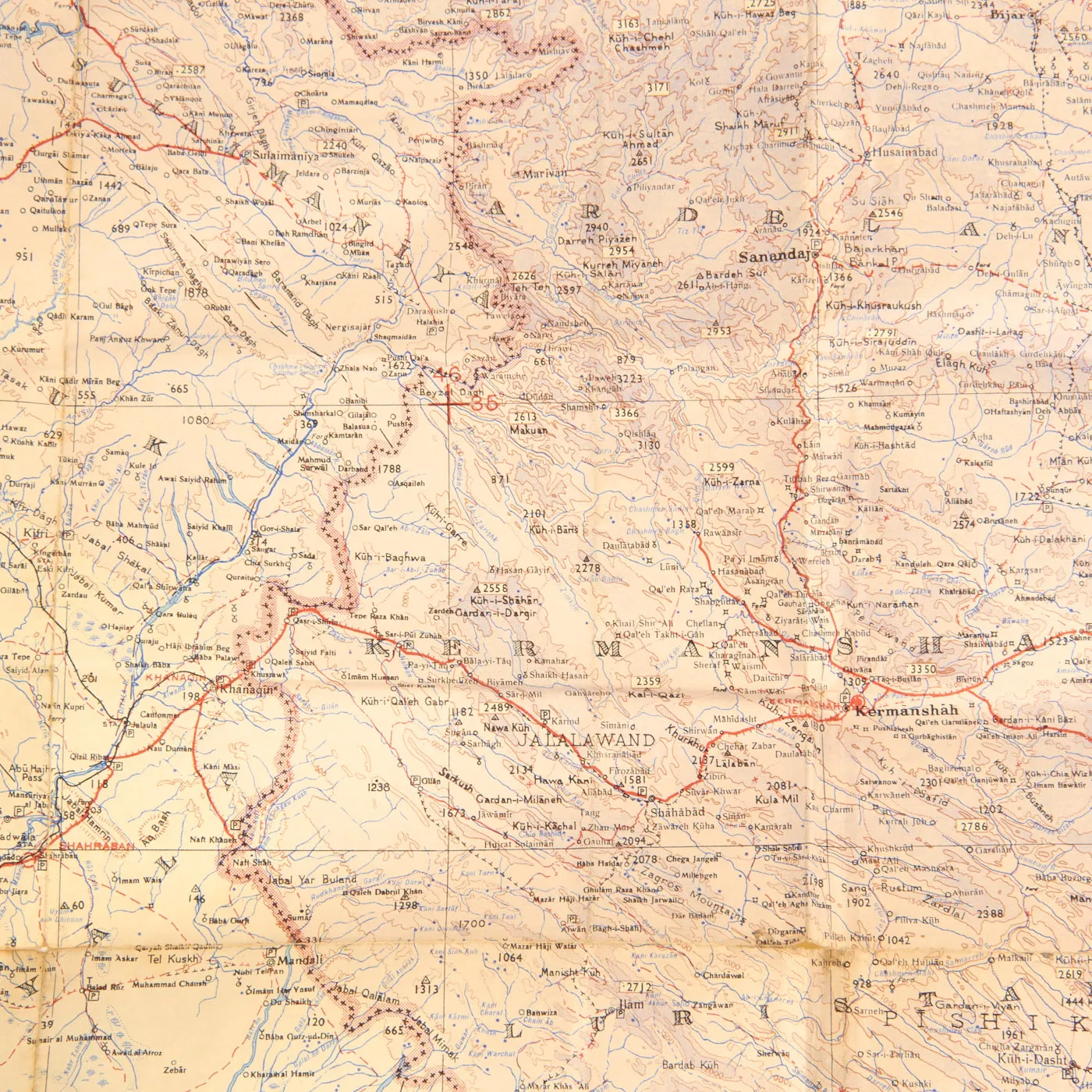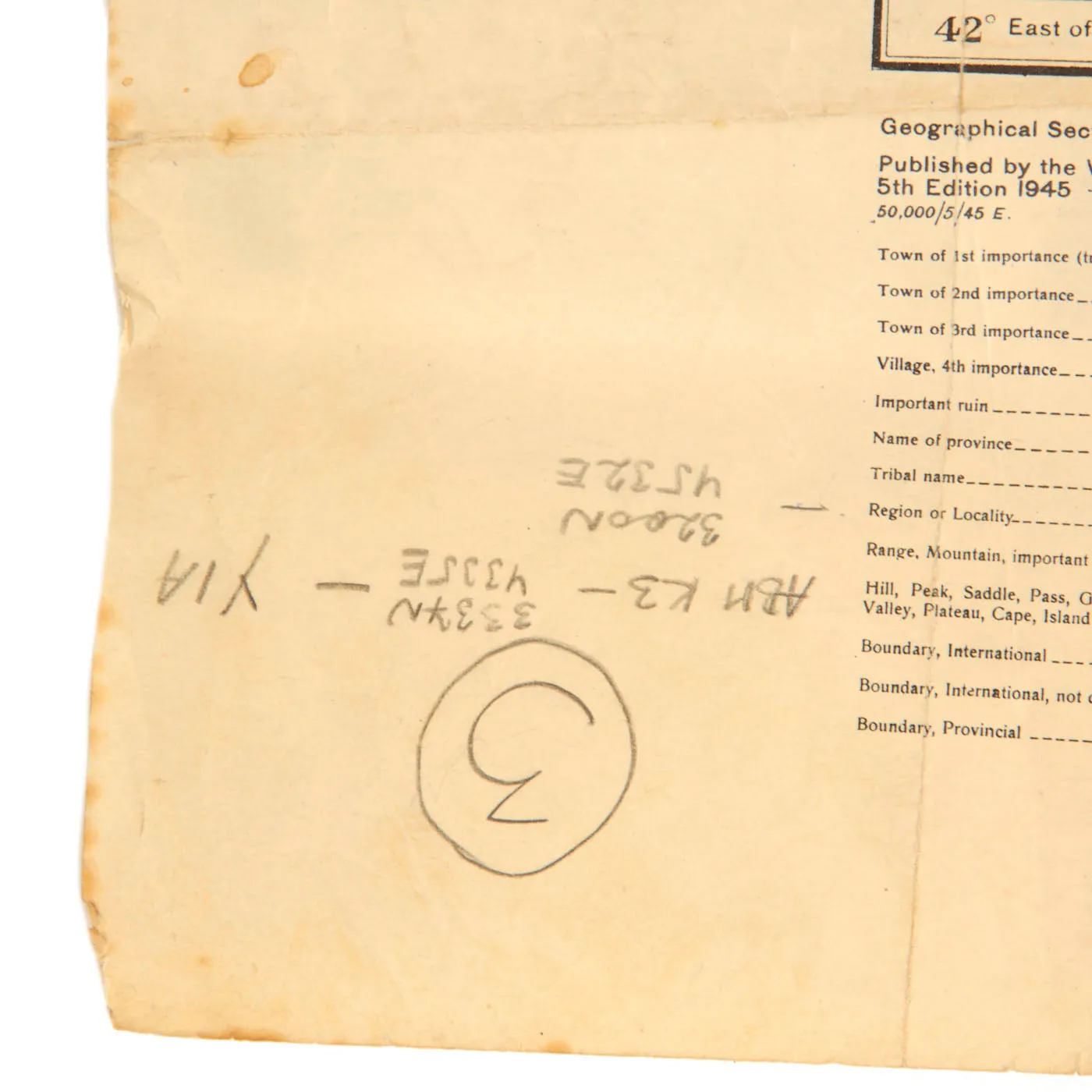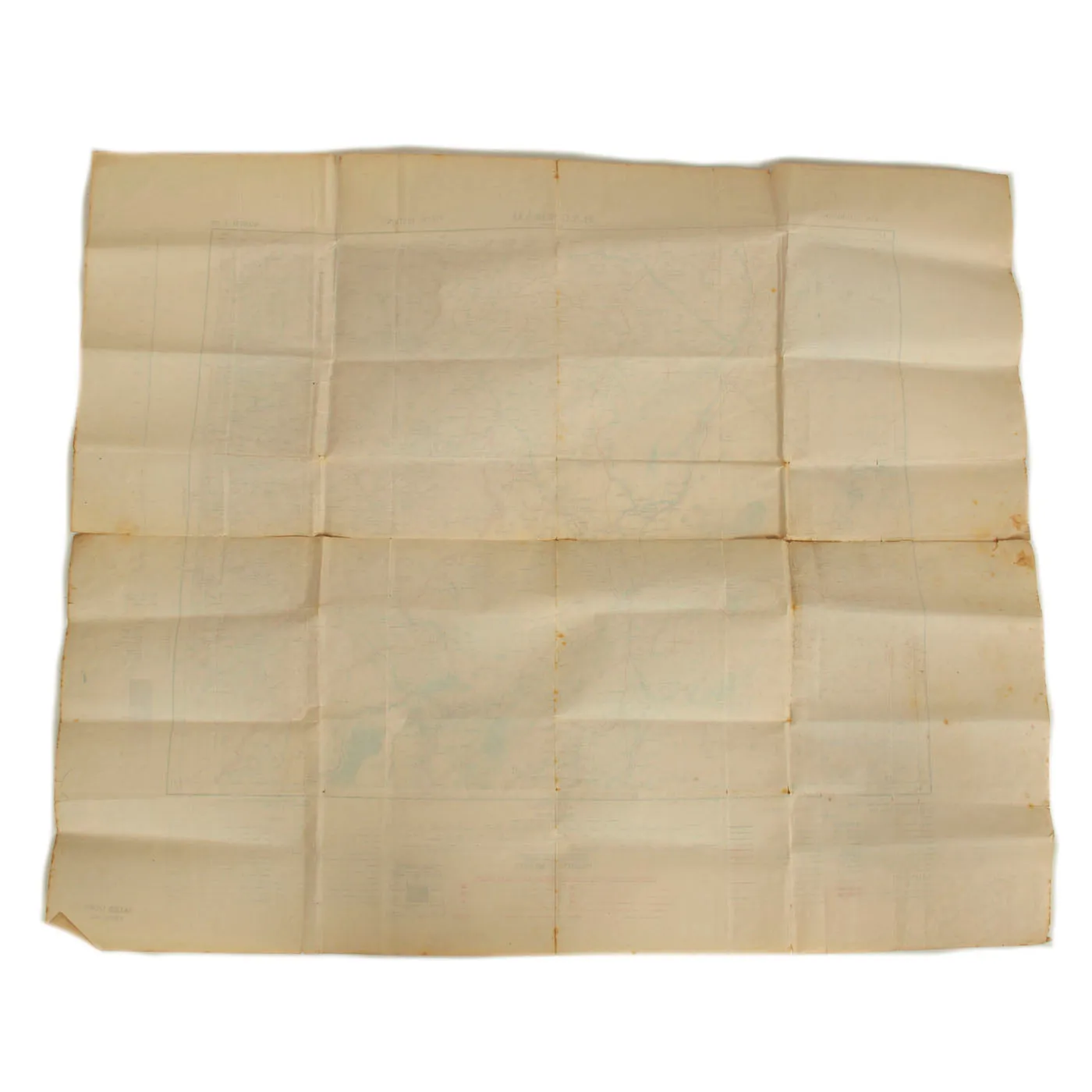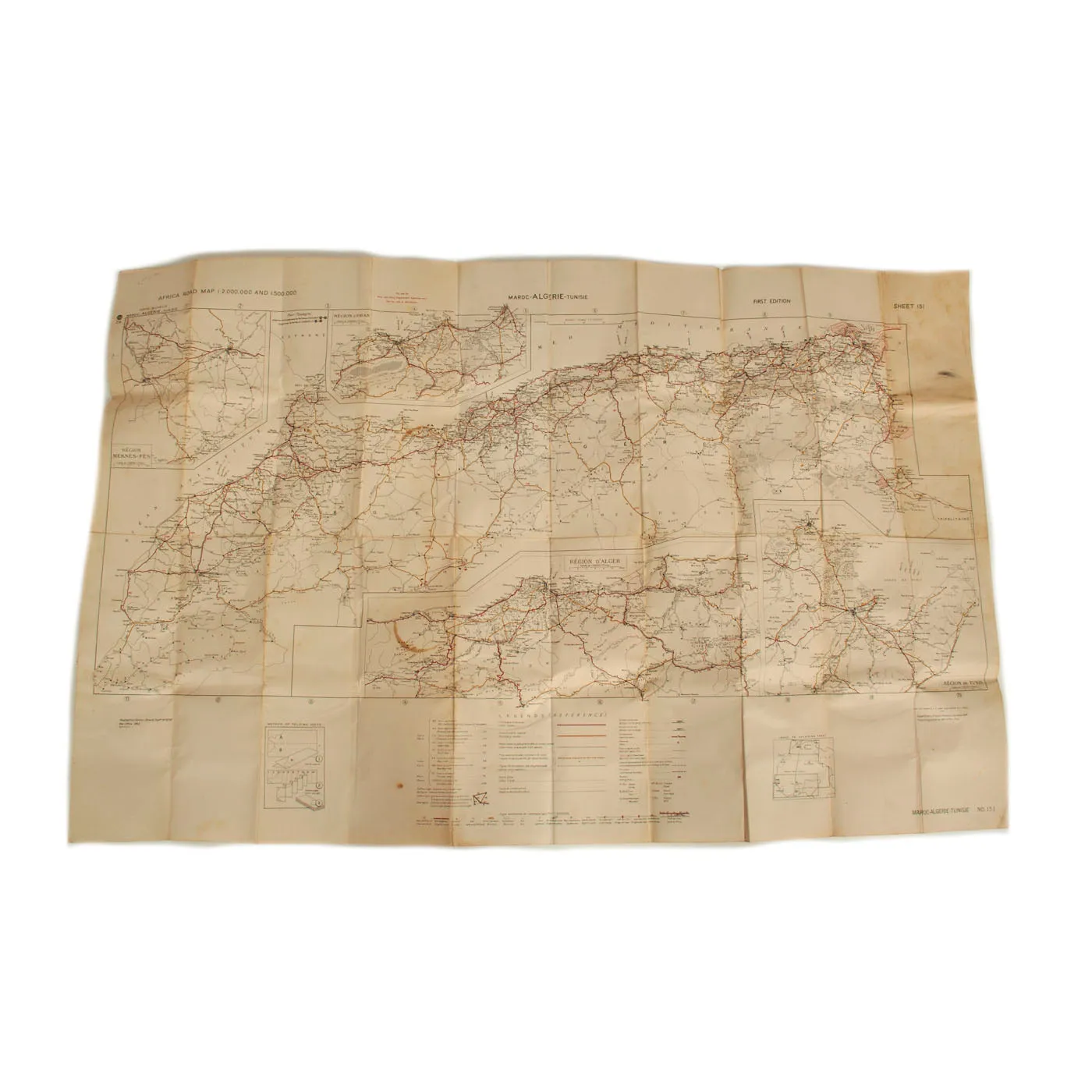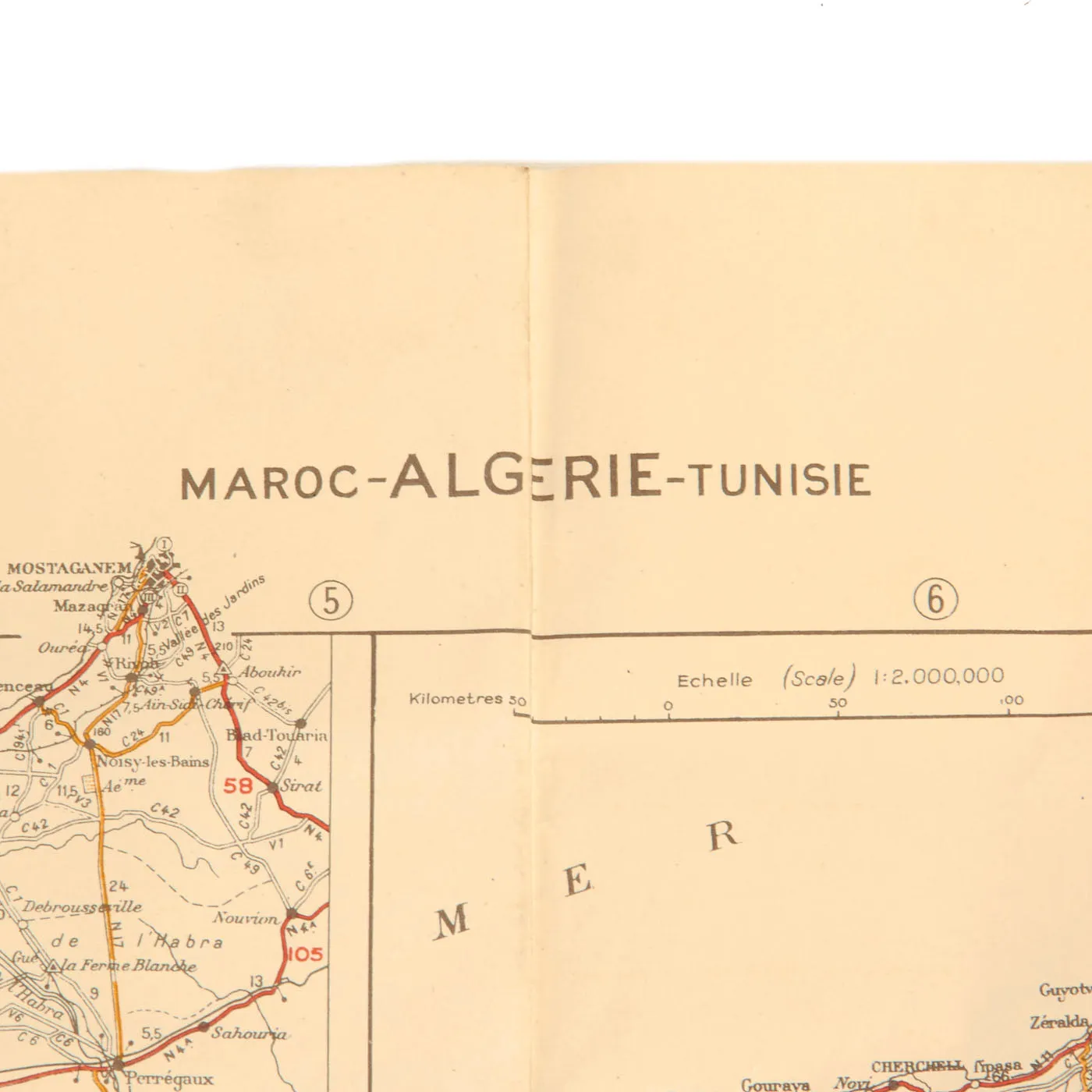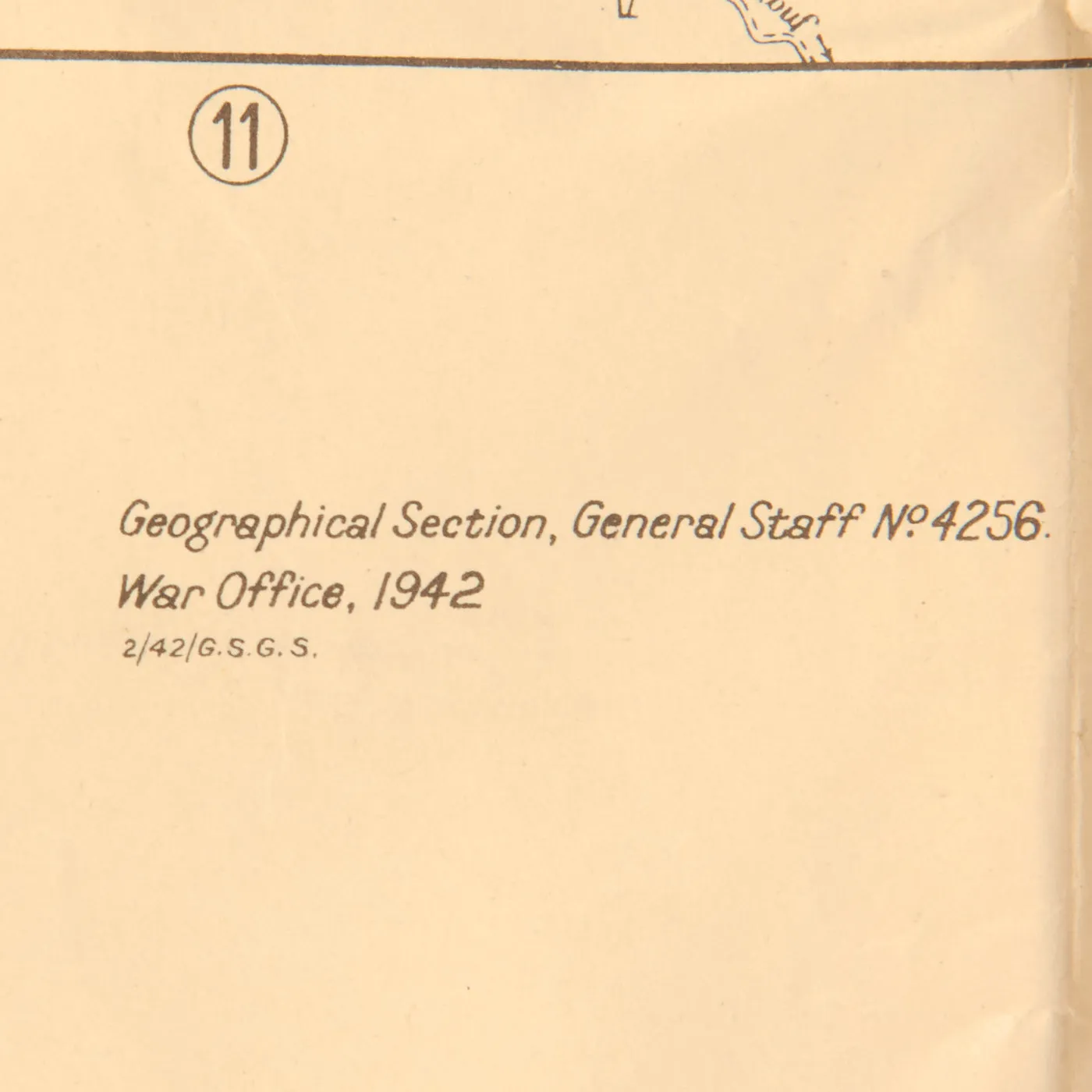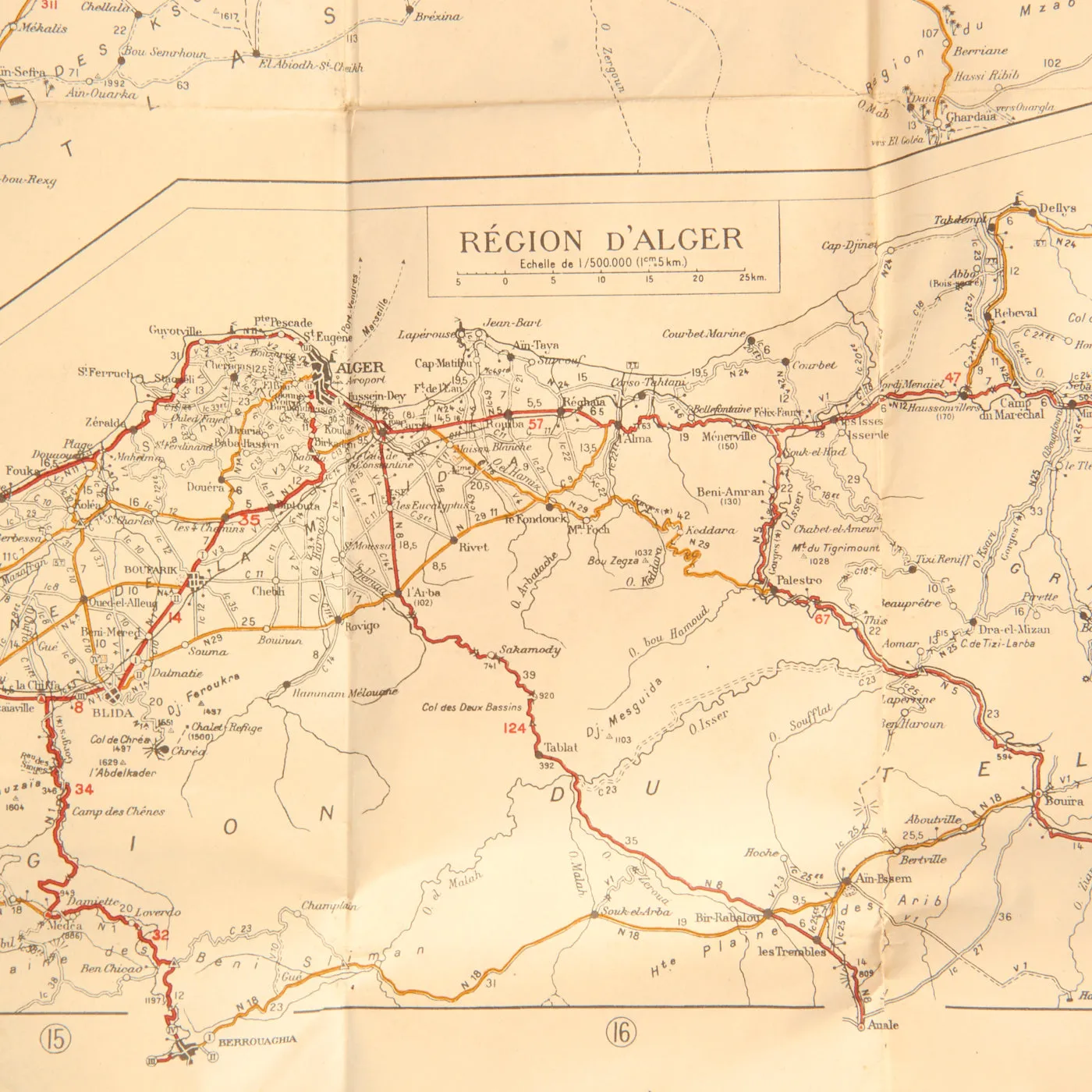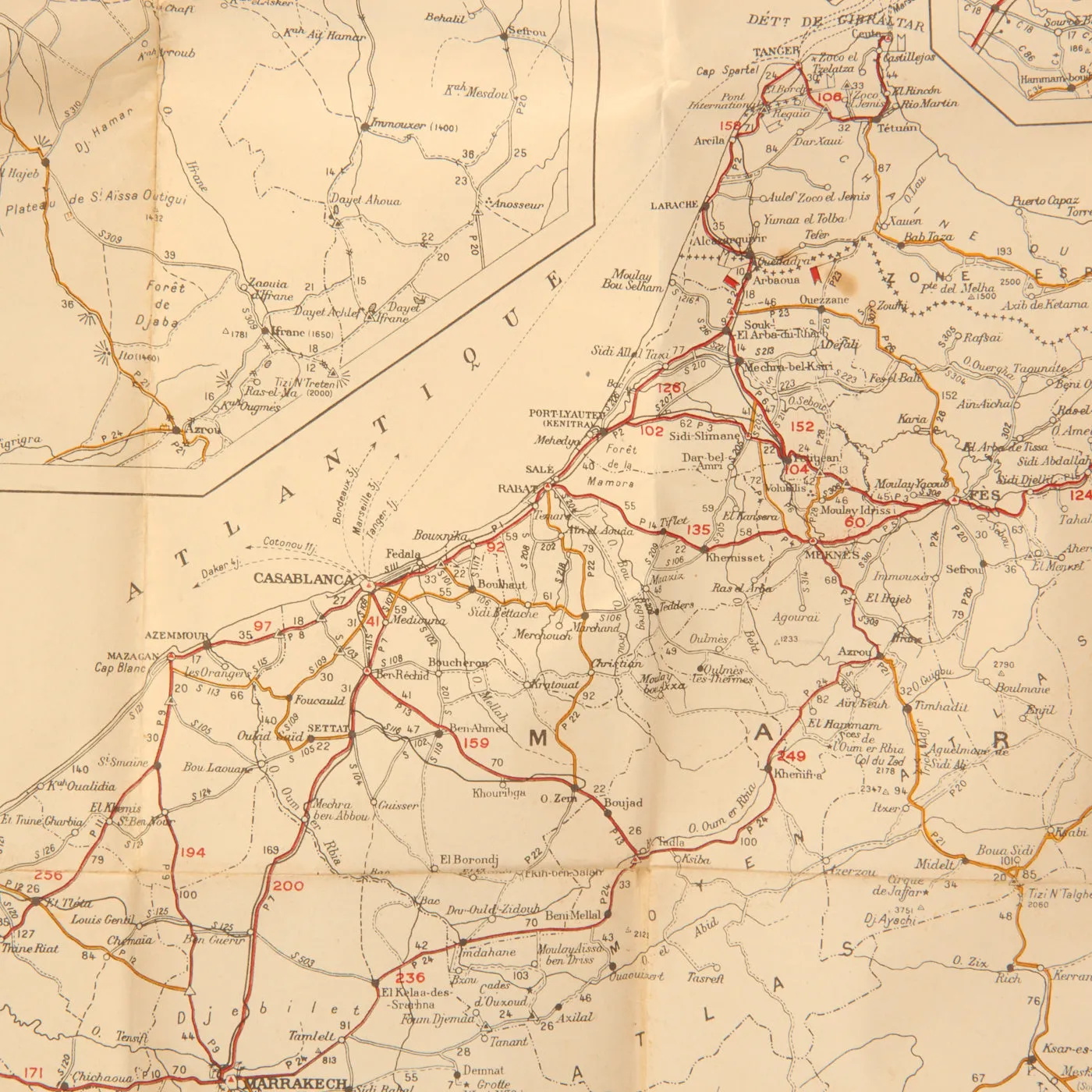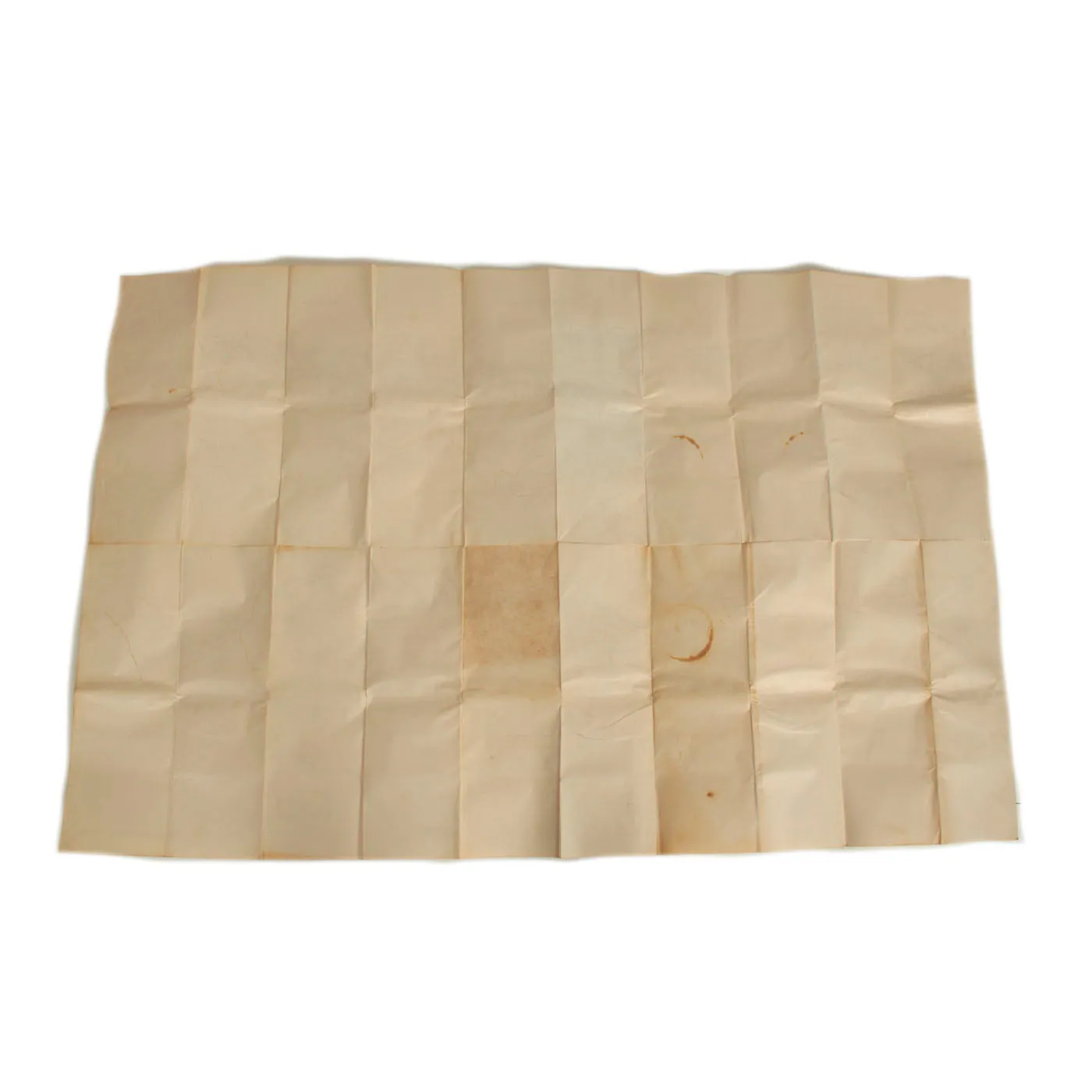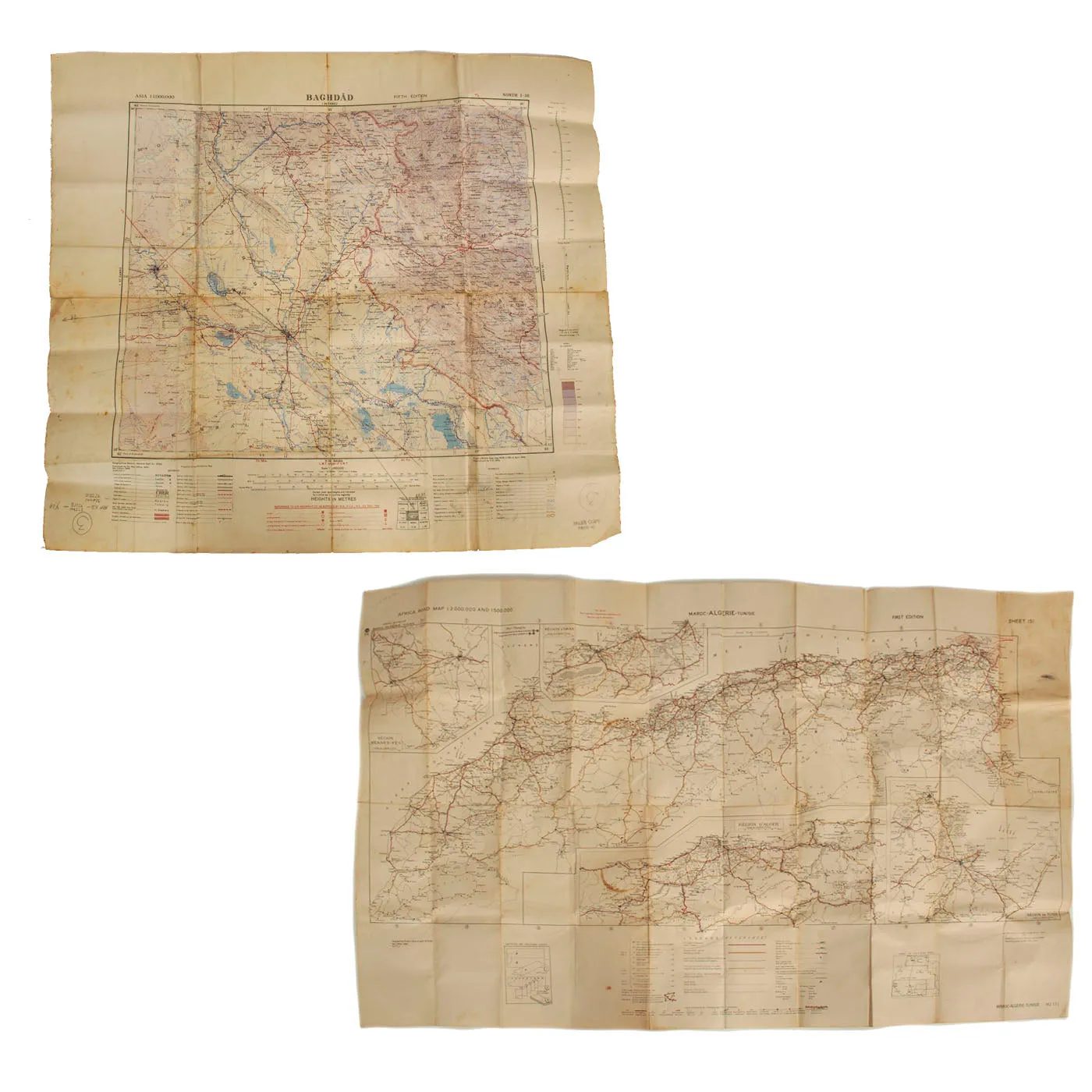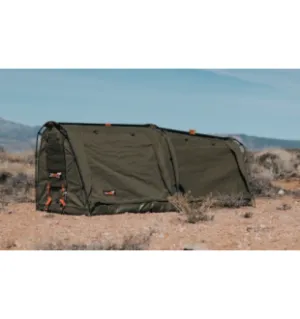Original Items: Only One Lot of 2 Available. Map reading skills become very important in military operations. Military strategists use maps to locate opposing forces, plan operations, and to coordinate logistics. When an operation is planned, the directions must be precise in terms of time and location. The military has many personnel who are experts in reading topographic maps. Topographic maps portray the physical features of an area. They show the locations and shapes of mountains, valleys and plains, the networks of streams and rivers, and the locations of man-made features such as trails, roads, towns, boundaries, and buildings. They also show what the terrain is like including its steepness, distances, and the kinds of vegetation. All of these are important considerations in military planning. It is easier to move personnel and supplies along a level, paved road than across a series of brush-covered hills and valleys. Topographic maps contain the information needed to decide where to go and where to position things.
The Maps Featured In This Lot:
- 43 ½” x 28” “Africa Road Map”: This map is in good condition and was designed for ground travel. It shows the roads of the cities, states or other areas. This one is for the Maroc-Algerie-Tunisie area of Africa. This map is dated 1942 and would have been used in conjunction with Operation Torch. Operation Torch was the Anglo-American invasion of French Morocco and Algeria during the North African Campaign of World War II. It began on November 8 and concluded on November 16, 1942.
- 30” x 25 ¼” Baghdad Map: The map is in good condition and still very legible. It is dated 1945 and for the capital of Iraq, Baghdad. When a threat developed that NSDAP Germany might gain political dominance in Baghdad during World War II, U.S. diplomats endorsed the British military suppression of Rashid Ali al-Gailani, a pro-NSDAP Iraqi who briefly occupied the position of prime minister. With American backing, the British restored the monarchy, which cooperated with Allied war aims and strategy. Post-World War II international dynamics gradually drew the United States into a deeper political relationship with Iraq. The onset of the Cold War raised fears in Washington about Soviet expansionism into the Middle East and generated a determination among American leaders to prevent the spread of communism in Iraq.
These maps are in lovely condition and ready to display. No WWII collection is complete without a few maps displayed alongside!




